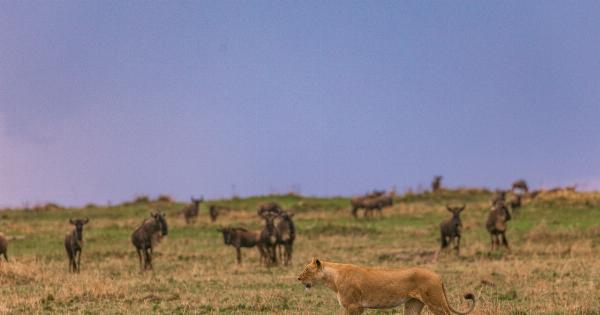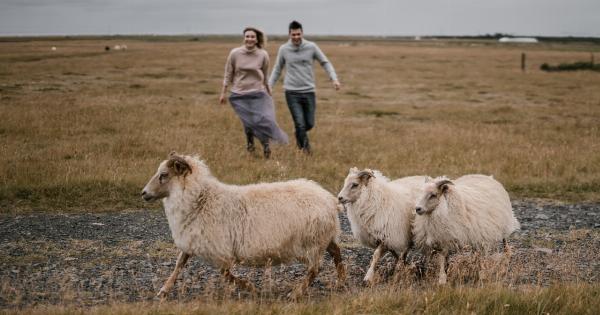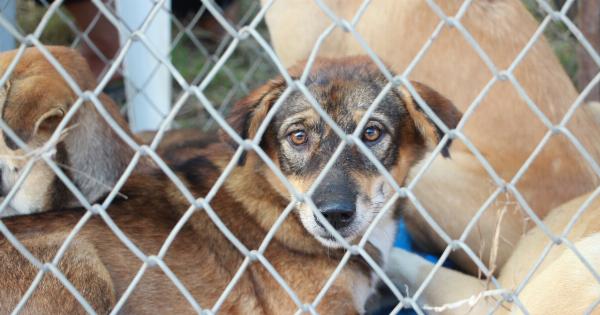Using live animals as props has been a common practice in various forms of entertainment, from circuses to movies to television shows.
However, it is important to recognize that using animals in this way is highly unethical and goes against the principles of animal welfare. This article will explore the various reasons why using live animals as props is considered unethical.
The Exploitation of Animals
One of the main reasons why using live animals as props is unethical is because it exploits and commodifies these animals for the entertainment of humans. Animals have their own inherent value and deserve to be treated with respect and dignity.
Using them as props reduces them to mere objects, disregarding their natural behaviors, needs, and rights.
Physical and Psychological Stress
Using animals as props often subjects them to physical and psychological stress. Many animals are taken away from their natural habitats and forced into unnatural environments.
They may be subjected to harsh training methods, confinement, and constant handling, all of which can cause immense stress and suffering.
Unsafe and Inappropriate Conditions
Live animals used as props are often kept in unsafe and inappropriate conditions. They may be housed in small cages or enclosures that do not fulfill their basic needs for space, exercise, and social interactions.
In some cases, these animals may even be exposed to harmful substances or unsafe environments, putting their health and well-being at risk.
Impact on Conservation Efforts
Using live animals as props can also have a negative impact on conservation efforts. Many animals that are commonly used in entertainment, such as big cats or primates, are already endangered or threatened in the wild.
By exploiting these animals for entertainment purposes, we are sending the wrong message to the public about their conservation status and the importance of their protection in their natural habitats.
Inaccurate Portrayal of Animal Behavior
When live animals are used as props, their behaviors are often misrepresented or exaggerated for entertainment purposes.
This can perpetuate misconceptions and myths about certain species and create unrealistic expectations or perceptions of how animals should behave. It is important for the public to have accurate information about animals and their natural behaviors, and using live animals as props can hinder this understanding.
Risks to Human Safety
Using live animals as props also poses risks to human safety. While many animals may appear calm and docile, they are still inherently wild creatures with natural instincts and behaviors.
There have been numerous incidents where trained animals have attacked their handlers or members of the public, leading to serious injuries or even death. The unpredictable nature of animals makes using them as props a significant safety concern.
Alternatives to Live Animals
Fortunately, there are numerous alternatives to using live animals as props.
Advancements in technology have made it possible to use realistic animatronics or computer-generated imagery (CGI) to create lifelike animal characters for entertainment purposes. These alternatives not only eliminate the ethical concerns associated with using live animals but also provide more control over their portrayal and reduce the risks to both animals and humans.
Animal Welfare Legislation and Policies
Many countries have implemented or strengthened legislation and policies to protect the welfare of animals and prevent their exploitation in entertainment.
These laws and regulations restrict or prohibit the use of live animals as props, emphasizing the need for more ethical alternatives. It is crucial to support and comply with these regulations to ensure the well-being of animals involved in entertainment.
Supporting Ethical Entertainment
As consumers, we have the power to support ethical entertainment that does not involve the use of live animals as props.
By choosing to watch and endorse productions that prioritize animal welfare and use alternative methods to depict animal characters, we can contribute to positive changes in the entertainment industry. Furthermore, promoting educational programs and initiatives that raise awareness about the ethical concerns of using live animals as props can help foster a more compassionate society.
Conclusion
Using live animals as props may have been a common practice in the entertainment industry, but it is far from ethical. Animals deserve to be treated with respect and provided with a life free from exploitation and harm.
By understanding the ethical concerns associated with using live animals as props, we can work towards a more compassionate and responsible entertainment industry that promotes the well-being of all living beings.






























